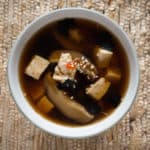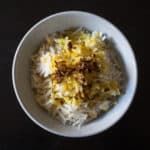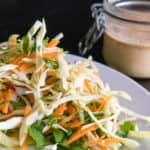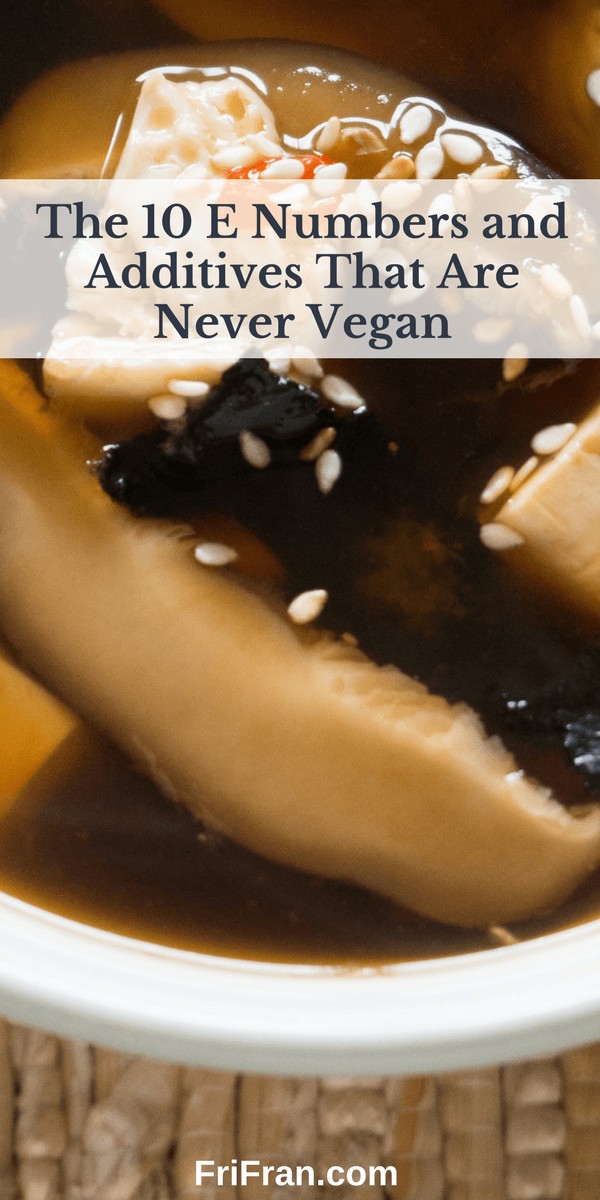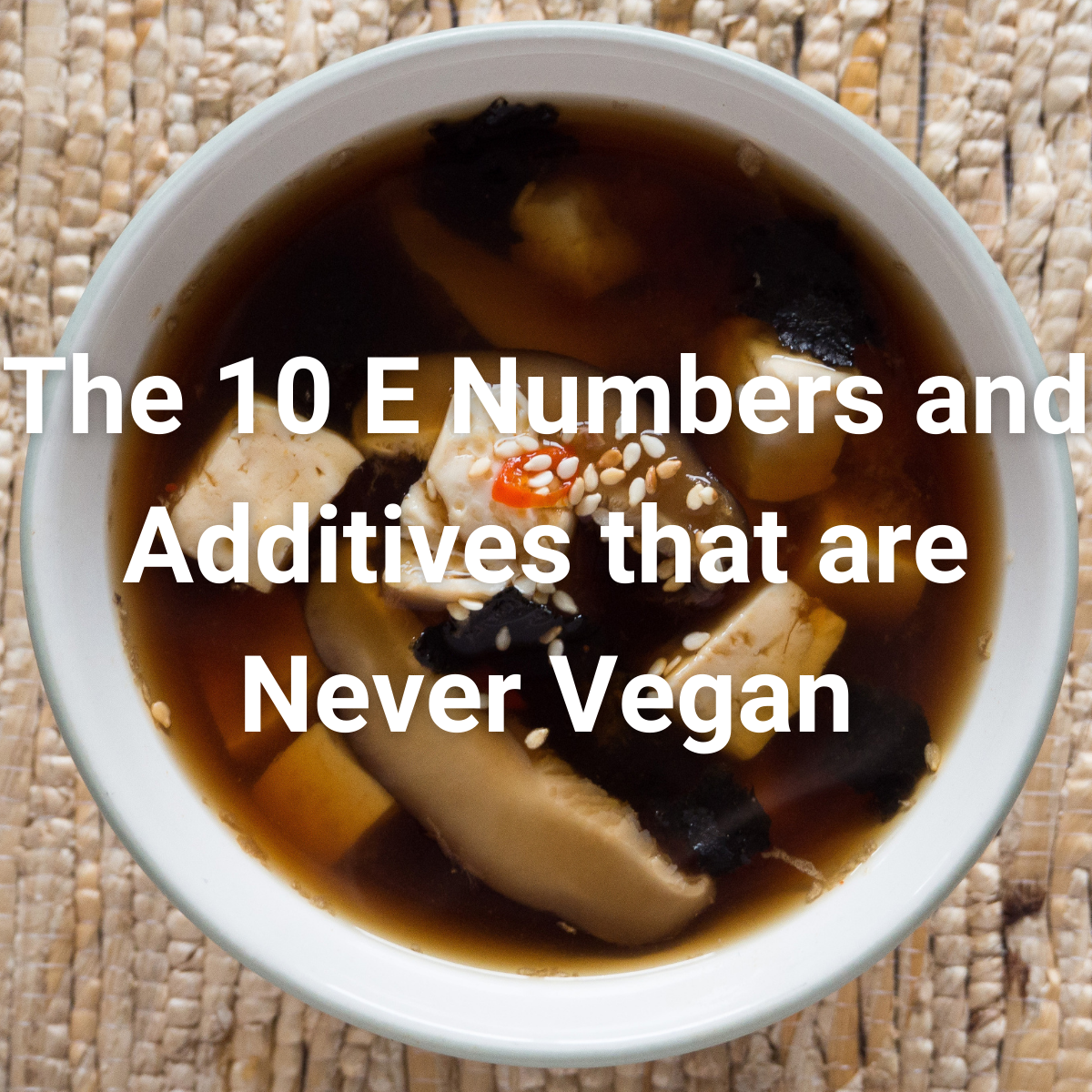
Additives and E-Numbers are in most processed foods. But there are 10 E Numbers and Additives that are Never Vegan. There are even more additives or E Numbers that may, or may not, be vegan. How do you navigate this, often frustrating path??? I’ll tell you how.
What are Additives and E Numbers and Why are They Used?
All additives have to be assessed for safety before they can be used in food. European Union (EU) legislation requires most additives used in foods to be labelled clearly in the list of ingredients, with their function, followed by either their name or E number. An E Number means that it has passed safety tests and has been approved for use here, in the UK and in the rest of the EU.
Food additive E-Numbers are grouped by what they do. The additives that you are most likely to come across on food labels are:
- Antioxidants. Added to stop food becoming rancid or changing colour by reducing the chance of fats combining with oxygen
- Colours
- Emulsifiers, stabilisers, gelling agents and thickeners (help to mix or thicken ingredients)
- Flavour enhancers
- Preservatives
- Sweeteners (intense sweeteners are many times sweeter than sugar whereas bulk sweeteners have a similar sweetness to sugar).
There seems to be a more complicated (or crazy simple – that I’m missing) differentiation between an ingredient and additive or E Number. I cannot find a definition of additive, E Number or ingredient that differentiates between them but lactose and geletin(e) are technically not additives or E Numbers… But colours and sweeteners are. Mmmn. Interesting…
The 10 E Numbers and Additives That Are Never Vegan – Never, Ever Vegan
There are 10 additives or E Numbers that Are Never Vegan. You can see from the list below why and if you see any of the additives below listed in anything you wish to buy – it’s not vegan!
- E120 – cochineal/ carmine/ natural red 4. Red colouring isolated from crushed insects, Coccus cacti
- E542 – edible bone phosphate
- E631 – sodium 5′-inosinate
- E901 – beeswax
- E904 – shellac, natural polymer derived from lac beetles
- E913 – lanolin, a wax from sheep excreted by the skin of sheep and extracted from the wool
- E966 – lactitol, made from milk sugar
- E1105 – lysozyme, from eggs
- Gelatine
- Lactose.
The 10 E Numbers and Additives that are Never Vegan – There are More that May OR May Not be Vegan
There is a HUGE list of E Numbers that may, or may not be vegan. To help you navigate the mysterious world of E Numbers you can download the FREE E Number Cheat Sheet by clicking the BIG RED BUTTON below.
So, you’re looking at an ingredient list of… gluten-free bread for example… and it has E471 – Mono- and di-glycerides of fatty acids in the ingredients. E471 – Mono- and di-glycerides of fatty acids can be made from made from animal fats. So, how do you know if this is a vegan or non-vegan version of E471 – Mono- and di-glycerides of fatty acids??
The short answer is you don’t. But there are clues. If the product is labelled vegetarian or vegan, you are fine… This method of deduction is the only way you can be sure but where some additives may be vegetarian but not vegan it starts to get harder. Often the only way to be sure is to contact the manufacturer (but that will not always elicit a clear, unequivocal response). Many Facebook groups post company responses to questions relating to their products being vegan. So, search engines and social media are great places to look (on your smartphone in the supermarket) to find a (fairly) definitive answer.
In the meantime check out the cheat-sheet with all those additives and E Numbers that definitely not and definitely maybe vegan!!!
The 10 E Numbers and Additives That Are Never Vegan – And Other Things
There are some additives that are not derived from animal sources themselves but may involve the use of gelatin(e) as a carrier. Again, it is that rather frustrating may, or may not, be vegan answer that is often not helpful. These include
- E104 – quinoline yellow. A synthetic dye
- E160a(i) – carotenes (mixture). Natural plant colours
- E160a(ii) – beta carotene. Natural plant colours
As above, if these additives are listed the key to understanding if these are vegan is to do some detective work… However, these additives tend to be hidden in things that you would have NO idea were not vegan; fizzy pop (Lilt and Lilt Zero), some fortified orange juice… Yep. Weird and unnecessary right? If the products are marked as vegetarian or vegan and this is the only ingredient or additive that may not be vegan you should be okay.
The 10 E Numbers and Additives That Are Never Vegan – How Do You Avoid These Issues?
One way to avoid E Numbers and Additives is to cook from scratch. I cook from scratch most of the time – no judgement, I prefer it and it makes it easier for me to manage my symptoms and reactions to food. The few times I’ve found ready-meals I can eat, I found them to be pretty unpalatable… The interesting thing is products that I would class as staples, such as gluten-free, vegan bread and crackers – have few, if any, E Numbers.
So, if you don’t have time to cook and just want to make something really, really quick and simple I can totally recommend Miso Soup with Tofu and Shitake Mushrooms. If you want something more substantial but equally quick and easy I always recommend One Pot Rice and Lentils and Make It Spicy which is a complete protein dish. Perfect with Asian Slaw with Cumin Aioli.
How Do You Make Sure You Avoid The 10 E Numbers and Additives That Are Never Vegan?
There are lots of apps, lists and tricks to Make Sure You Avoid The 10 E Numbers and Additives That Are Never Vegan – this is my tiny selection of thoughts…
What do you do to Make Sure You Avoid The 10 E Numbers and Additives That Are Never Vegan? Drop a comment below or ping me on social media! 🙂
